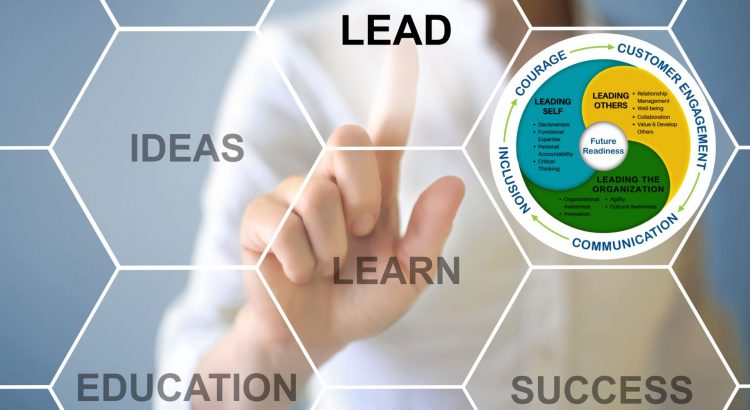The rapid transformation of today’s workplace is bringing many exciting changes and new opportunities. To support our employees in developing the agility and skills needed to respond to changing demands and provide new services, Henrico County has introduced the Capability Model. You can learn more about the capabilities on our resource page.
To provide insight into each of the seven individual capabilities within the model, the County Connection features a series of articles, each of which focuses on one of the capabilities. This article focuses on the capability of Leading Self.
Leadership at all levels is a core component of the county’s Henrico Way philosophy. Whether you are a formal or informal leader, leading yourself first is critical to successfully interacting with and leading others.
The capability model describes Leading Self in four ways:
Decisiveness: Makes timely and effective decisions to accomplish team and organizational goals.
Functional Expertise: Has the knowledge, skills, and abilities in job function or area of expertise.
Personal Accountability: Takes responsibility and personal ownership for actions and decisions.
Critical Thinking: Objectively analyzes and evaluates information to solve problems and make informed decisions.
Here are some examples of how you can effectively build self-leadership skills:
- Effectively planning and organizing your time and work. Learning time management skills and using resources like planners, calendars, and apps to help you stay on track and meet deadlines.
- Taking responsibility for your own professional development. Examples include taking classes or joining one of the County leadership programs (Emerging Leaders Certification Program for non-supervisors or Leadership Henrico for supervisors).
- Learning as much as possible about your job or industry through research, job shadowing, classes, reading trade publications, etc.
- Volunteering to take on tasks within your workplace that might be outside of your comfort zone to become more competent.
- Taking personal ownership when you’ve made a mistake and proactively looking for ways to learn from it. Asking yourself and/or others, “What could I have done differently?” or “How should I approach this next time?”
- Looking at a situation from different perspectives before making a decision. This might involve gathering information and/or asking for the views of others, such as those the decision would impact. It might also include considering the impact on other priorities or the organization.
- Making quick, firm decisions in critical situations when time is of the essence. If this type of decision-making is difficult for you, seek the guidelines around typical steps involved in decision-making. You might also set a deadline for yourself to make a final decision. Once it’s made, assess the outcome to identify what went well and what could be done differently next time.
Becoming skilled in the Leading Self capability enhances your productivity, performance, and work relationships and better equips you to achieve your professional goals.
To find more examples of the Leading Self capability, view our “Time Management: Prioritize What’s Important” video and “Upskilling: How to Take Charge of Your Professional Development” video on our OLTD YouTube page.
For more information on the Capabilities, view our Henrico Capability Model videos on our OLTD YouTube page or visit our resource page.
